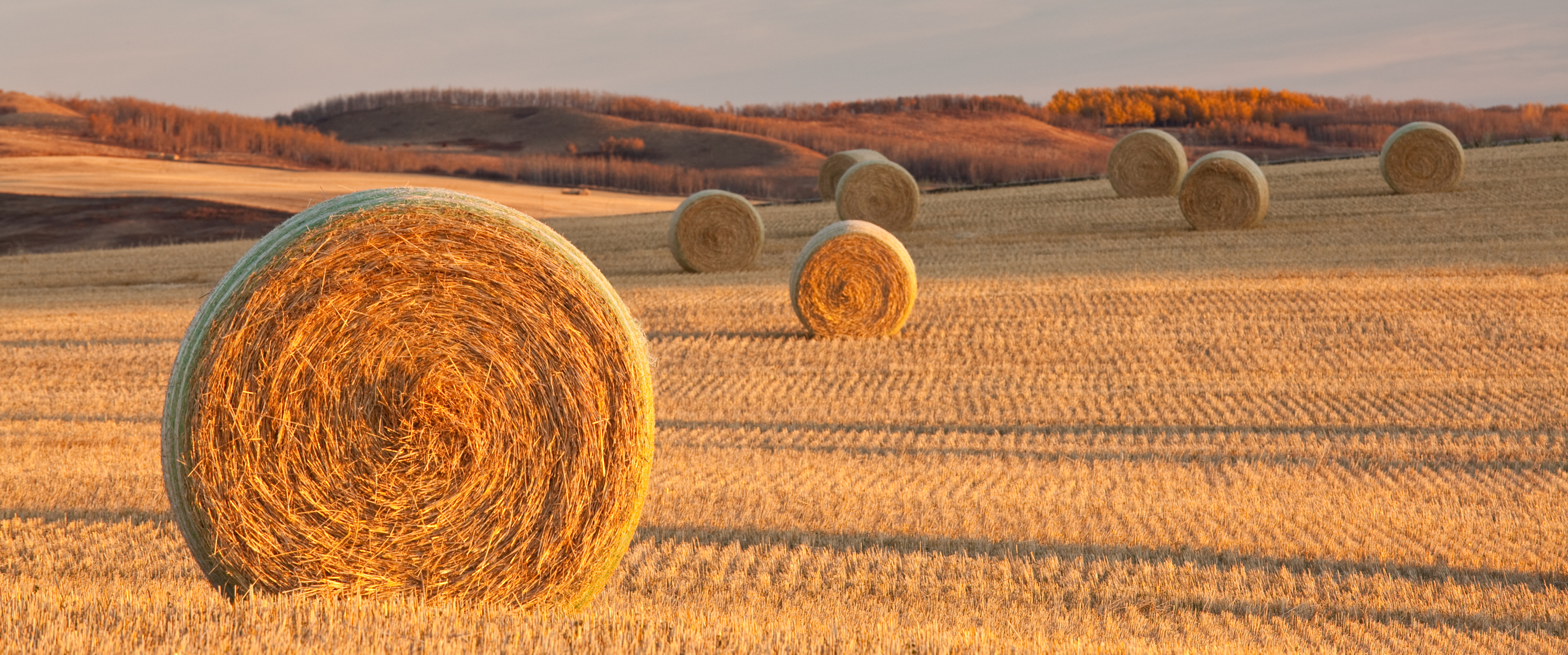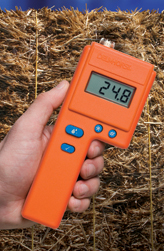Moisture Meter
moisture meters
EDGE™ app
hay industry
hay moisture meter
cotton moisture meter
FX-20
cx-30
FX-30
Moisture Meters for Agriculture: How Modern Technology Benefits The Hay & Cotton Industries

It's never been more crucial for agricultural commodity producers to monitor the status of their crops. The evolving influence of disruptive weather conditions is compelling the industry to make out-of-the-box decisions on the fly, encouraging the 'ag' industry to rethink its conventional plant-tend-harvest schedules.
Consequently, it's becoming increasingly critical to know the condition of every crop at virtually all times so that each decision maximizes harvest values while reducing or eliminating the impacts of potential weather and pest damage.
In this third of a series of six articles, Delmhorst presents two moisture meters for two lines of agriculture, cotton and hay. Delmhorst designed the tools specifically to meet the unique needs of cotton and hay growers, whose commodities are especially vulnerable to the impact of climate concerns.
MOISTURE METER FOR COTTON: CX-30
Excess or insufficient moisture within the cotton plant itself can cause more problems than even the invasive boll weevil. At least with a weevil infestation, you can see the bugs and know to act fast. Moisture, on the other hand, is invisible to the naked eye, so its presence or absence in the cotton crop is an unresolved concern without the special testing tools needed to detect it.
- Cotton that is too dry at harvest can be damaged in the process, which can affect its quality after processing.
- Cotton that is too wet can damage the harvesting machinery, causing unnecessary repair or replacement expenses.
The hand-held new Delmhorst CX-30 provides a convenient and easy-to-use tool that performs reliably to ensure your cotton crop's optimal moisture content throughout its harvest and processing cycle:
- In its natural state, cotton tends to be loosely packed, which makes determining its moisture content more challenging. The electrodes for the CX meter 'cups' the material to compress air pockets or voids, which would skew the measurement.
- The CX-30meter also takes into account the moisture level distinctions between seed cotton and lint cotton. Cotton seeds typically have a higher moisture content than the attached lint, and that moisture is incorporated into the reading when it's taken in the field. Data from seed cotton can suggest a relative lint cotton moisture level, which can provide a guideline for overall moisture levels in the plant before harvest.
- The Delmhorst CX-30 moisture meter for cotton also makes testing for moisture at all stages of cotton growth - from field to harvest to baling - as easy as changing out the electrodes. Because the device moves with you through all the stages of your cotton processing, you get the accurate data you need to optimize the quality and value of your product.
The CX-30 gives cotton producers the cutting-edge digital tool needed to help build and track product data year over year. The CX-30 also connects with Delmhorst's proprietary Edge™ App, sending data to your spreadsheets while providing virtually unlimited data storage.
MOISTURE METERS FOR HAY: THE FX-20 AND FX-30
Like the CX-30, Delmhorst designed its FX-20 and FX-30 meters to optimize crop yield and productivity for its hay-producing customers. Hay, too, presents unique production challenges due to its vulnerability to the weather and its sensitivity to moisture conditions. Maintaining a vigilant eye on crop and field conditions throughout the growing season and the moisture meter is the essential tool required at baling time.
Challenges with Excessively Wet Hay
Remarkably, too much moisture in hay can cause both fires and spoilage.
- Tightly baled hay that is too wet can spontaneously combust as bacteria grow out of control in that overly damp environment. Bacterial growth generates heat and pressure, which can become the ignition factor for a blaze.
- The same moisture-loving bacteria can also cause the product to rot and become unusable for its primary purpose as animal feed. Another concern caused by bacteria in wet hay is mold. A mold contamination also ruins the product as a feed substance and for any other purpose.
Challenges with Excessively Dry Hay
Too-dry hay becomes brittle, and nutrients are lost as the leaves wither and die. Consequently, the product becomes inedible, again eliminating it as a live-stock feed option.
How it's baled also presents a complication in measuring moisture levels in hay.
- Smaller square bales are typically less tightly packed than large hay bales, so they generally have a higher tolerance for a higher moisture content.
- Larger square bales that are more tightly bound are more likely to experience a combustion/mold incident than smaller bales.
- Round bales will have the same challenges as squares; the tighter the pack, the higher the risk of damage.
In all cases, having too-wet or too-dry hay can reduce or eliminate its value to its end consumer, which also wastes the time and energy you've put into growing the crop. Maintaining a close eye on hay's moisture content gives you the control you need to maximize the value of your product.
LEARN MORE ABOUT DELMHORST'S CUTTING-EDGE, HAND-HELD MOISTURE METERS
Both the CX-30 and FX-30 moisture meters connect to the company's EDGE™ app, giving users complete control over their streaming agricultural production data. The information gained keeps every hay and cotton producer fully informed about the moisture levels in their crops, their harvests, and their final products, so they can both assert and verify their end product's quality.
Reach out to Delmhorst today to learn more about the CX-30, FX 20, and FX-30. And keep your eyes on this blog, where we will continue discussing the benefits of accurate moisture measurements across various industries.
Subscribe to Our Blog
Post Related

Quick Tips for Measuring Moisture in Hay
.jpg?width=900&name=Webp.net-resizeimage%20(55).jpg)
.jpg?width=900&name=iStock-1168605394%20(1).jpg)